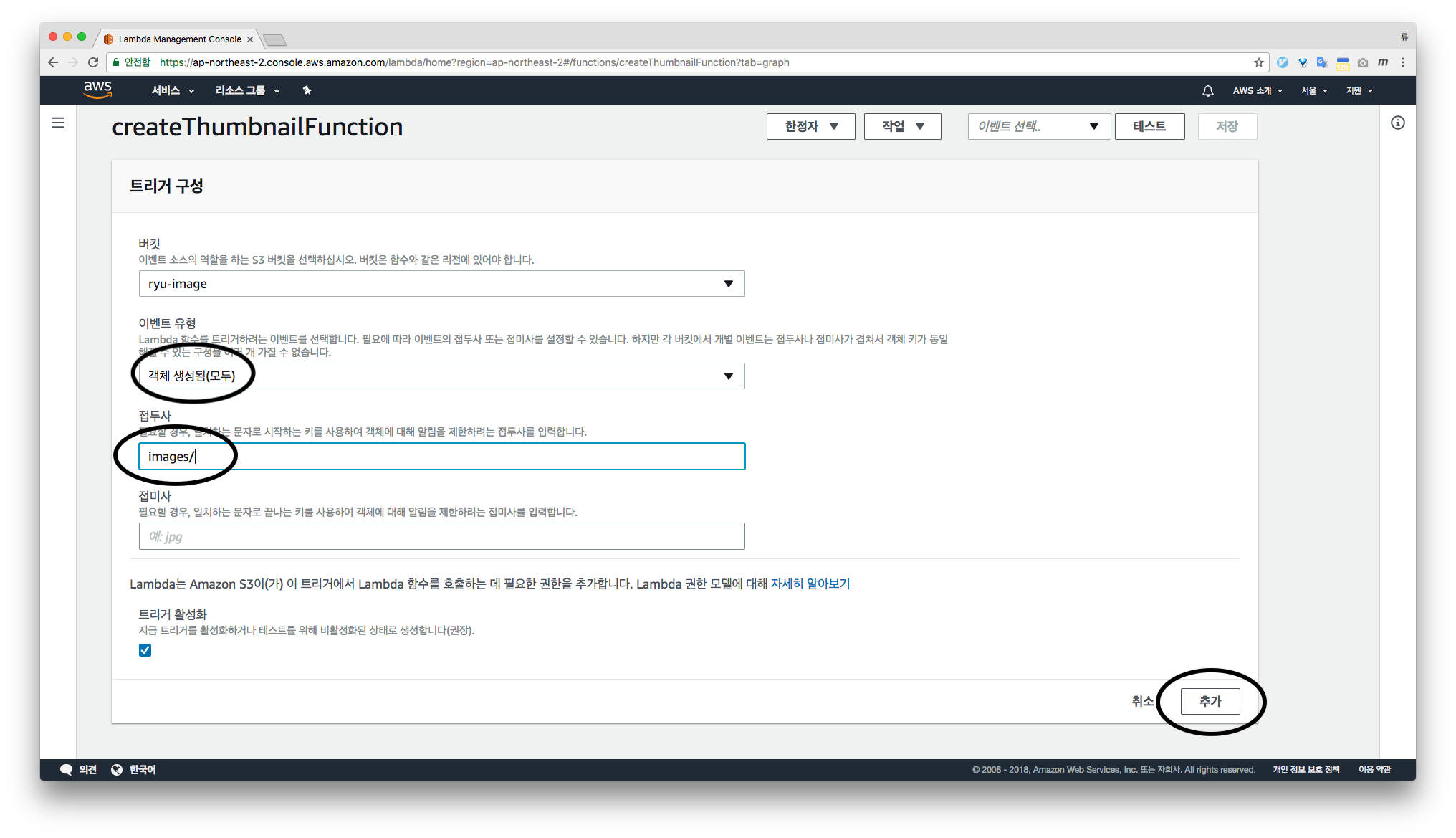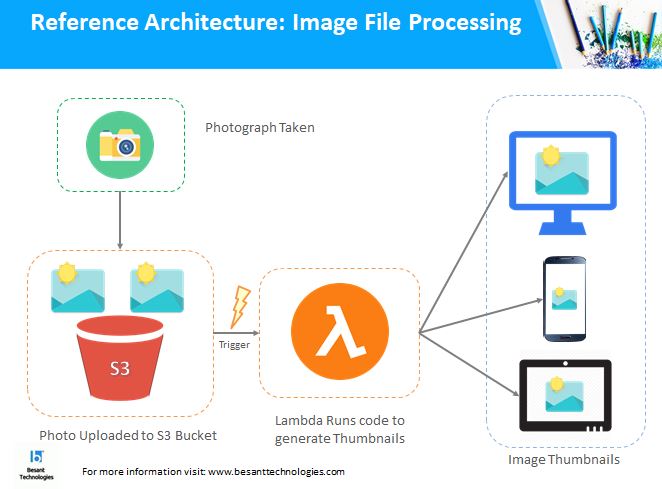

The function code on the Code tab, under Code source. Just follow the following steps to deploy the code in this repo: Setup aws-cli tool: aws configure.
Aws lambda image resize manual#
While viewing your function in the Lambda console, you can review Because the manual setup process is kind of On the other hand, the scripts in awslabs/serverless-image-resizing repo is working as expected. The function uses the Amazon S3 getObject API to retrieve the content type of The Lambda function retrieves the source S3 bucket name and the key name of the uploaded object from the event Years ago before lambdaedge existed, I used an open source project thumbor behind CloudFront to. This aws blog article demonstrates a method using CloudFront Lambdaedge with a lambda that handles the image resize. When you configure an S3 trigger using the Lambda console, the console modifies your function's resource-based policy to allow Amazon S3 to invoke the This is not a feature native to Cloudfront, it is something you need a dedicated service or function for. Under S3 trigger, choose the S3 bucket that you created previously. Under Basic information, do the following:įor Execution role, choose Create a new role from AWS policyįor Role name, enter my-s3-function-role. Retrieves information about this file when you test the function from the console.įor a Node.js function, choose s3-get-object.įor a Python function, choose s3-get-object-python. Create a bucket and upload a sample objectĬreate an Amazon S3 bucket and upload a test file to your new bucket. Haven't already, follow the instructions in Create a Lambda function with the console to create your first Lambda function. This tutorial assumes that you have some knowledge of basic Lambda operations and the Lambda console. For instructions, see How do I create and If you do not have an account, visit and choose Create an AWS Account. To use Lambda and other AWS services, you need an AWS account. We recommend that you complete this console-based tutorial before you try the tutorial to create thumbnail images. The trigger invokes your function every time that you add an object to your Amazon S3 bucket. The Amazon S3 website endpoints do not support HTTPSĪs a workaround, you have to use your own domain.In this tutorial, you use the console to create a Lambda function and configure a trigger for Amazon Simple Storage Service

_YOUR_IMAGE_PATH_WITH_SIZE_PREFIX_ - for example: 150x150/pretty_image.jpg on that tab, you can use Visual Editor or add this JSON.then Create role -> Lambda -> Next: Permissions -> Create policy, a new tab should open.There should be a link to IAM console, go to there.You can edit it later or you can create and set up a role right now. If you click on Create function, a default role will be created. You need a role that has permission to put objects to your storage (aka policy).Then we should set up all the permissions and redirection rules.
Aws lambda image resize install#
Example, for process of image, we always need the imageMagick software so we don’t need to install it to serverless since it. To resize images we need a storage, which is S3 (but could be CloudFront), and Lambda function.

You can read about withoutEnlargement method. Note that s3-resizer does not enlarge an image if the original image width or height are less than the requested dimensions. Instead of WxH there're some extra available magic paths: We'll obviously have a new image next time. So, if there's not image in this path, it's redirected to lambda and, after a moment, lambda creates the suitable image and then redirects back. Before we start resizing images, we'll need to install aws-sdk/client-s3 on our Lambda function. In above code, we manipulate the incoming URI to serve different. 2) Installing the S3 Client on AWS Lambda. AWS Lambda lets you run code without provisioning or managing servers. To resize on fly this image to, say, 150x150, we can make a request like this: Resizing Images with Amazon CloudFront & LambdaEdge AWS CDN Blog Setting the Scene with LambdaEdge. Let's say we have some shared image in S3, for example: You configure notification settings on a bucket, and grant Amazon S3 permission to invoke a function on the function's resource. Amazon S3 can send an event to a Lambda function when an object is created or deleted. It's AWS Lambda, which is a compute service that lets you run code without provisioning or managing servers. You can use Lambda to process event notifications from Amazon Simple Storage Service.


 0 kommentar(er)
0 kommentar(er)
